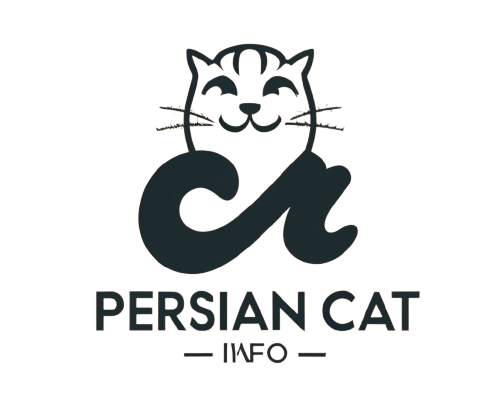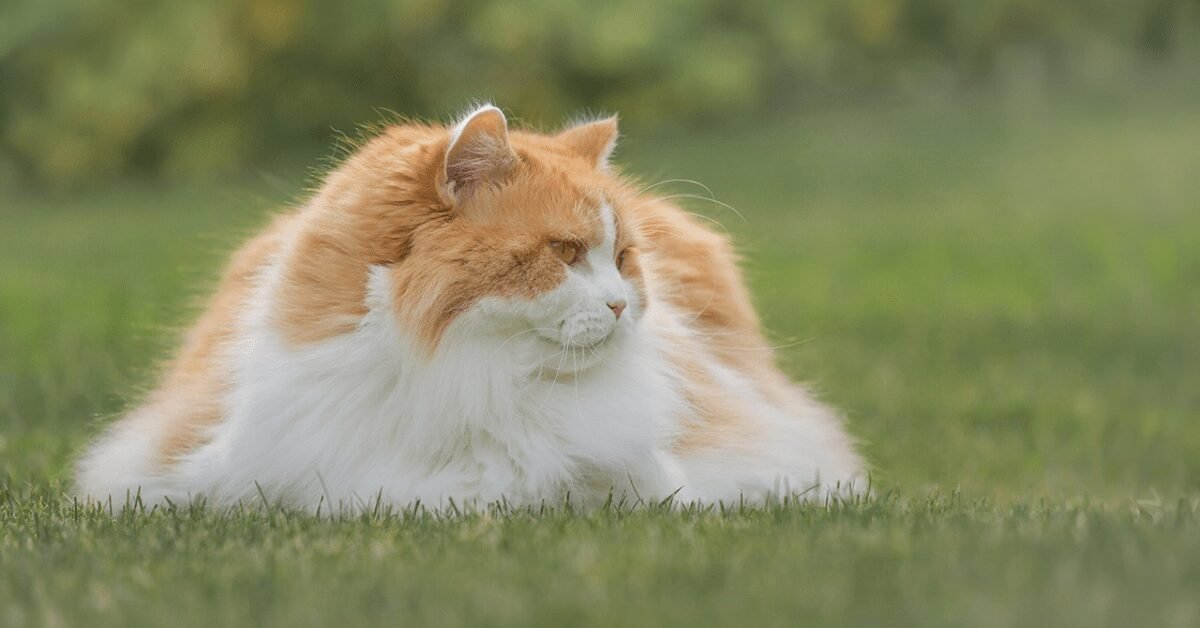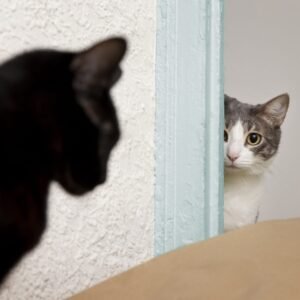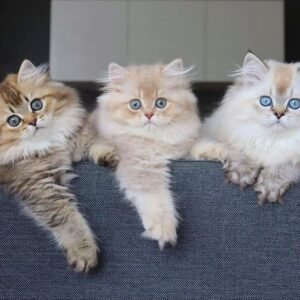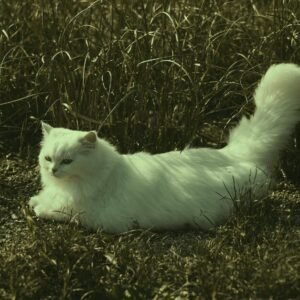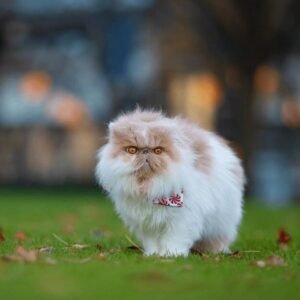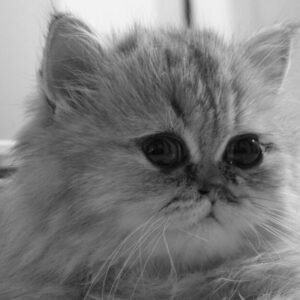Are you adopting Persian and British Longhair and, still, thinking that they both can easily adapt to each other or not? Both cats look familiar because British Longhair are the result of Persian and British Shorthair. British Longhair is not as famous as British shorthair.
In this article, we will discuss the difference between Persian cats and British Longhair. Characteristics of both breeds, facts about both cats breeds, advantages, and disadvantages of both cats.
What About History?
Both cats are familiar, but Persian cats are more popular than British Longhair. British Longhairs are not considered as an own breed. Let’s dive deep into the article to discuss these feline’s history.
History Of Persian Cat
Persian cats are considered one of the oldest cat breeds, and their origin is traced back to the 1600s. These cats originated from Persia’s modern-day called Iran. Due to their long hair, these cats are captivating and highly demanding. Persian cats were exported to North America, England, and Italy by some breeders.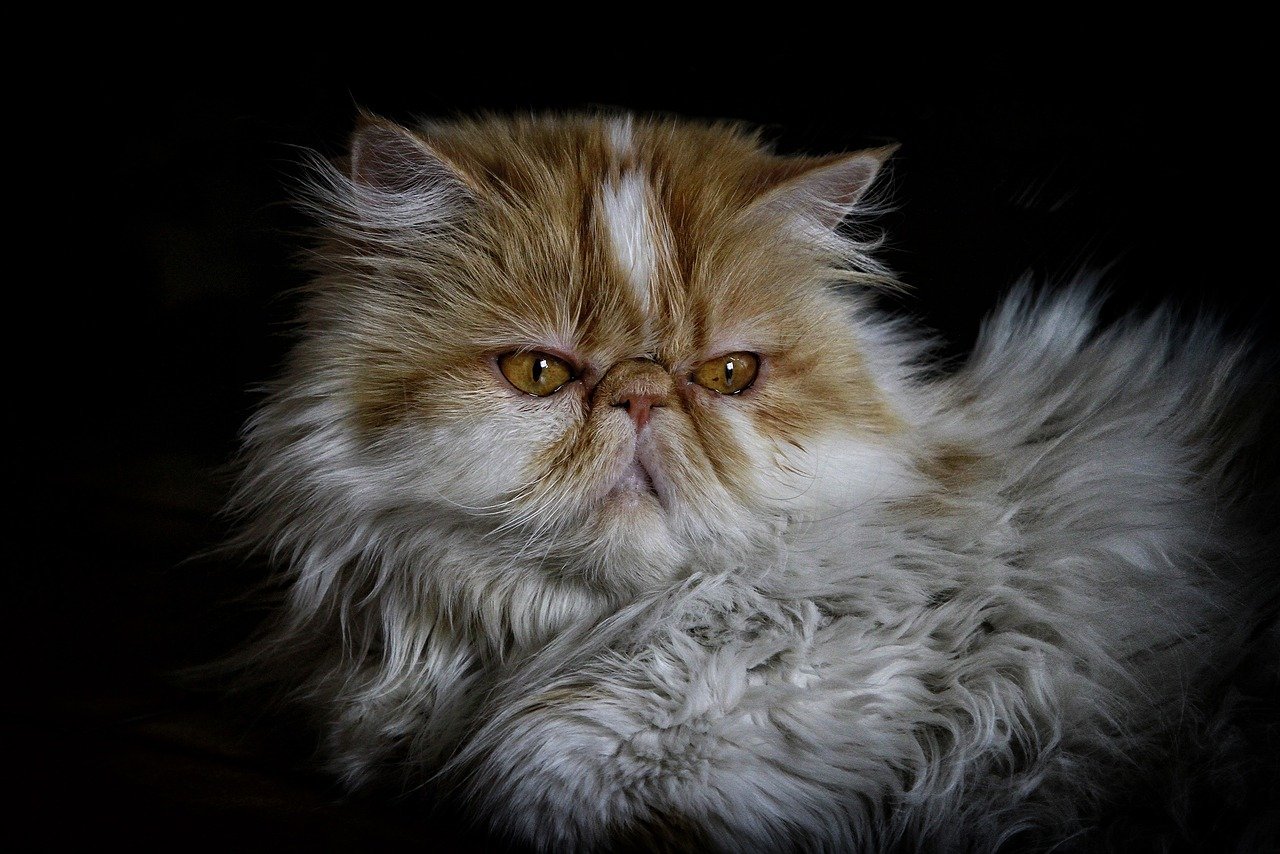
The popularity of Persian cats began in 1871 when Queen Victoria bought a pair of imported Persian cats. These cats are considered money or lucky cats. In some cultures, these cats are considered a good luck charm.
History Of British Longhair
British Longhair originated in Britain, but this cat is the result of the cross between the hair of Persian cats and bear-shaped British Short hair. Breeders want a kitten that has both cat’s features such as stocky bodies, bear-shaped and Luxurious hair with calm behavior.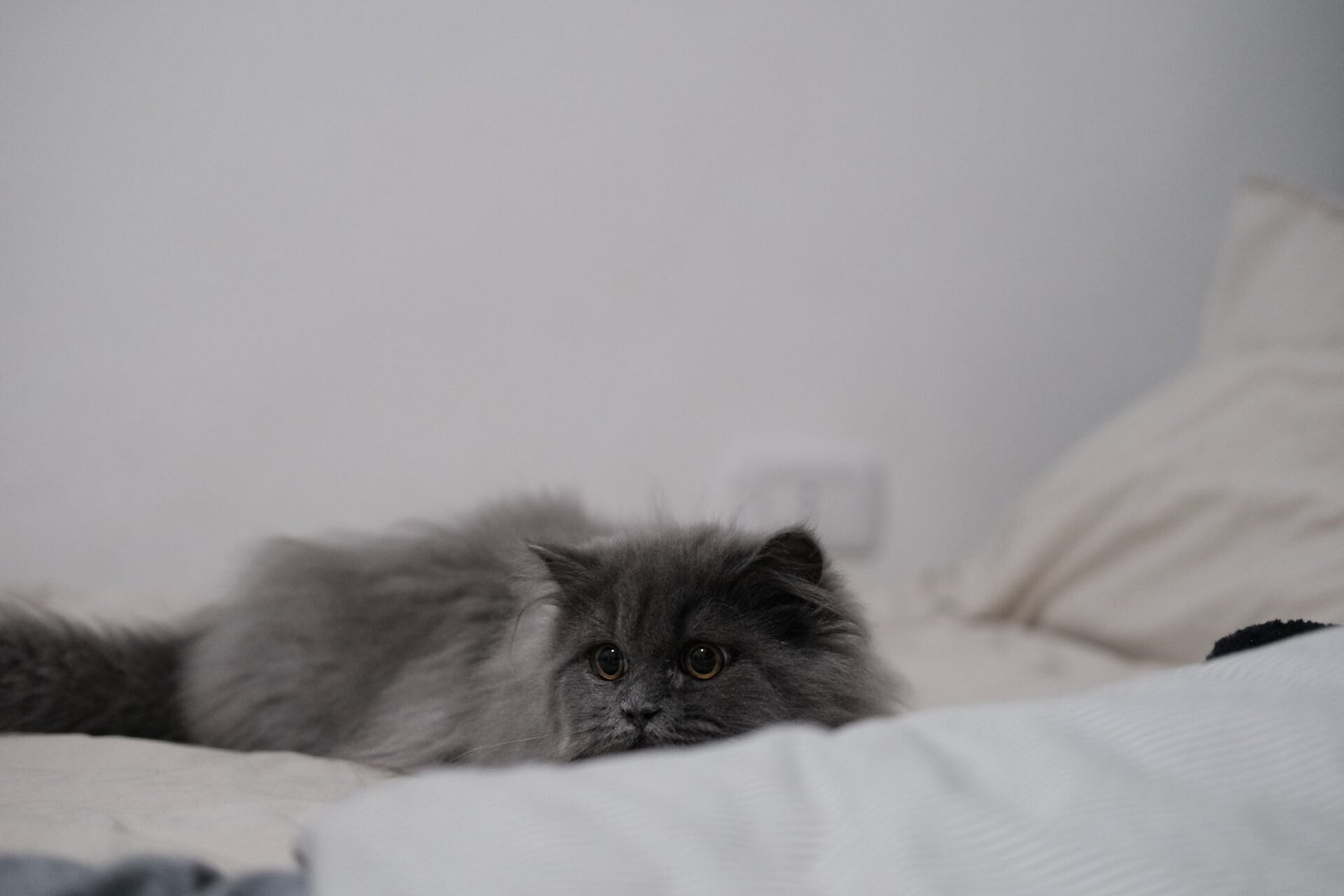
These cats have been known for a long time but are now considered their recognizable breed.
What About Appearance?
Both of these cats have the same appearance, but the slight difference sets them apart. When we adopt any cat, we first notice their appearance and then their behavior.
Persian cats Appearance
Persia’s cats are of two types: doll-face and flat-face. Persian cats are famous for their round head, large expressive eyes, double or triple-coat, and large expressive eyes. These cats are high maintenance due to their flowing coats.
Persian cats weigh about 7 to 12 pounds and the size of Persian cats is all about 10–15 inches without including tail. Persian cats are present in different colors and patterns. These cats have small, stocky bodies but are covered with fluffy hair.
British Longhair Appearance
The most characteristic feature of the Highlander is its thick, semi-long fur, which has been inherited from the breeding of its Persian ancestors with the British Shorthair.
This long hair was a random, unexpected feature, which resulted in the British Longhair being treated as an unwanted by-product by collectors and being excluded from the breed.
British longhair is closely related to British Shorthair, so these are also present in different colors and markings, but silver is highly present and demanding colors throughout all colors.
You may also like: https://persiancatinfo.com/guide-to-persian-british-shorthair-mixes/
What About Coat Color And Pattern?
Both these cats are present in a variety of colors but may be different in patterns.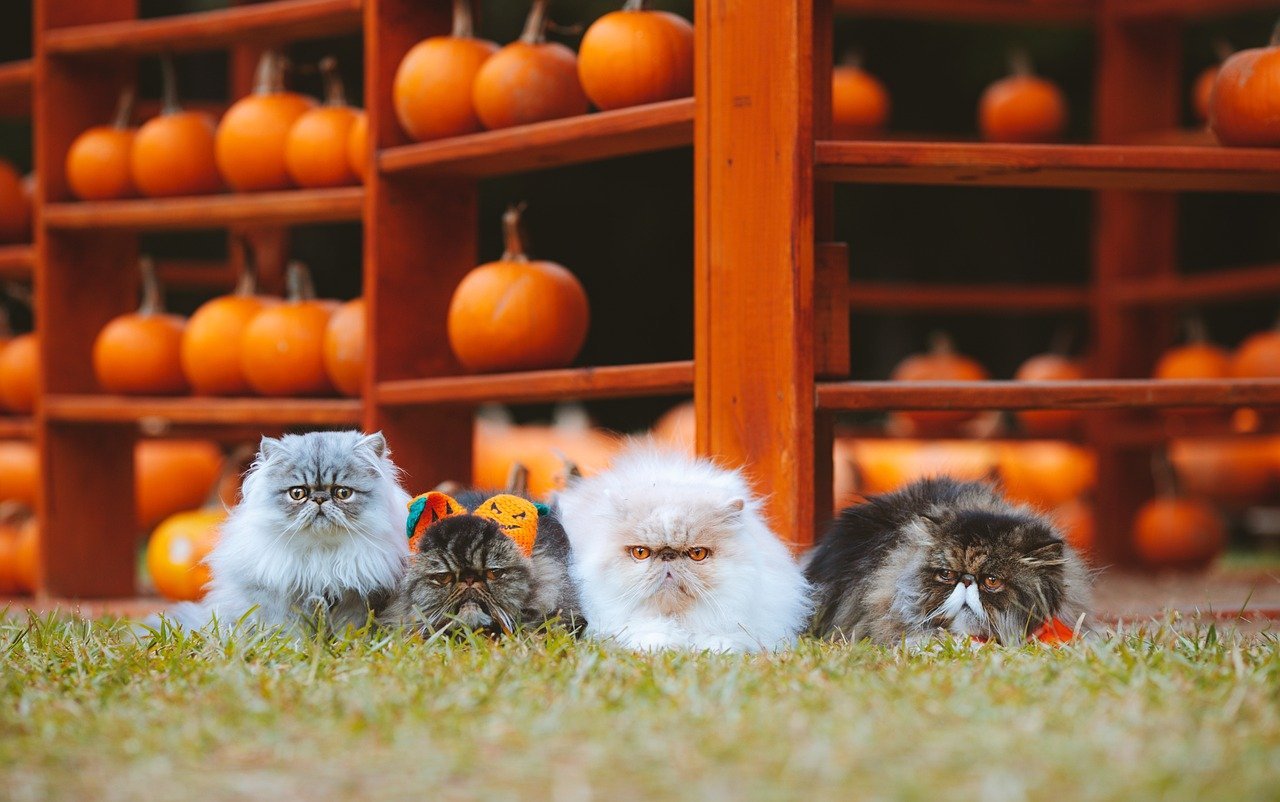
Coat Color
- Black
- Blue
- White
- Cream
- Cinnamon
- Silver
- Chocolate
- Lilac
Coat Patterns
- Color-point: just the tips of the body are colored in this variety, including the face, ears, legs, tail, and, for tomcats, the genital area.
- Chinchilla: the British Shorthair Chinchilla has very interesting coloring, with around an eighth of the hair in the same base color as the black variety, and the rest silver-white.
- Tabby: this means more than just tiger-striped! Depending on the appearance of the color, a Tabby variety can be “mackerel”, “classic”, “blotched”, “spotted” or “ticked”.
- Tortie: this three-colored British Longhair is also known as “tortoiseshell”. Due to its genetic background, British Longhair Torties are, as a rule, always female.
- Torbie: these cats are a color combination of Tortie and Tabby.
- Two-toned: each color combines with white. “Harlequin” has just 1/6 of the fur color, “van” has a high white proportion, and “bicolor” has an equal combination of white and color.
What About Temperaments?
Temperament is also a basic difference between the two cat breeds, as we know behavior affects, these cats have mixed behavior of both breeds.
Persian Cat Temperament
Persian cats are known as sweet-tempered and excellent companions. Persians are happy and curious cats, but they won’t drive you crazy nosing around your home looking for cups of water to knock over.
Plus, Persian cats are solidly built, so they’re unlikely to attempt climbing the curtains. You’re most likely to find them napping on the comfiest cushion they can find.
They are less active than others, and less talkative, if you are a job person Persian cats are the perfect choice for you, but don’t leave them alone for long periods.
British Longhair Temperament
Because of its peaceful and balanced nature, this breed is usually a great companion for apartment living. Like other cats, this breed enjoys being the focus of attention and receiving lots of love and play from its owners.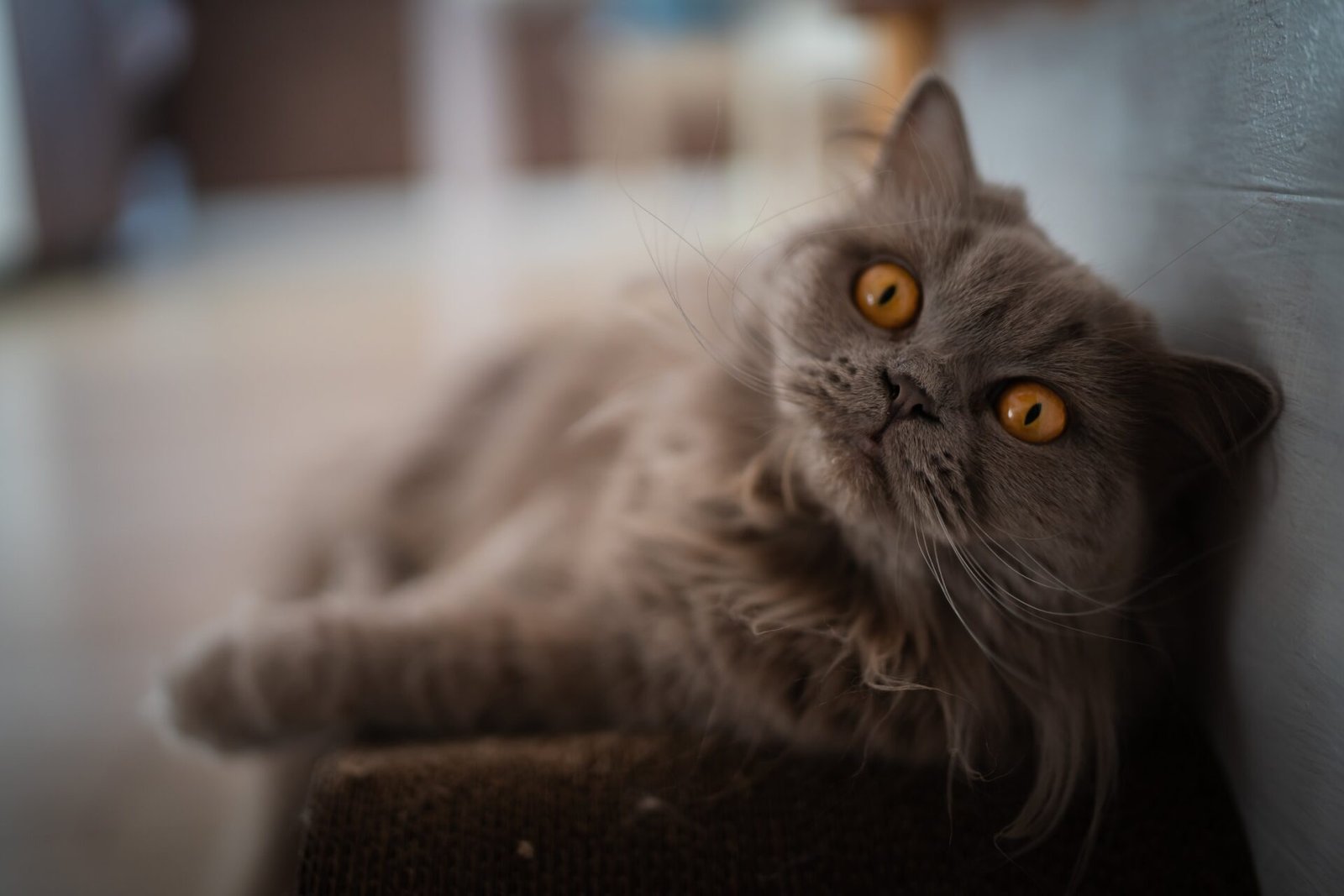
The British Longhair cat is intelligent and quick to pick things up; it enjoys mental challenges. Make sure to provide your cat with a variety of toys and playtime activities, such as interactive intelligence toys and traditional toys like mice and balls.
What About Health Issues?
Persian and British Longhair cats are prone to certain diseases, like most cat breeds.
Persian Cats Health Issues
- Eye conditions include eyelid protrusion or cherry eye, congenital ankyloblepharon, feline epiphora, or excessive tearing.
- Progressive retinal atrophy
- Polycystic kidney disease
- Dental disorders
- Brachyphaellic syndrome
- Joint disorders
British Longhairs are prone to these issues:
- Hypertrophic cardiomyopathy
- Polycystic kidney disease (PKD)
- They tend to put on weight
- Neonatal erythrolysis.
What About Grooming Requirements?
As we know, both Persian and British Longhair have long, fluffy hair that needs more care than shorthair cats. It does not mean these cats cost more than any other cats, but they require regular brushing, bathing, and trimming.
Brushing
Brush your cat twice a day, starting from the head and going back towards the tail. Especially focus on the belly area, armpits, and tail because these areas are easily matted.
After each grooming session, be sure to reward your cat with small treats. Once regular fur care has become part of the routine and is no longer a problem for the cat or owner, you can begin using more effective brushes and combs.
Cats are extremely clean animals and generally take care of their fur – your cat’s tongue is the most effective cleaning tool you will find! But mostly cats swallow their hair while licking their body.
So these cats require grass to maintain their digestive system. These cats mostly hate water, so bathe your cat twice a month.
Conclusion
Persian and British Longhair both are similar in luxurious hair, these cats need proper grooming brushing twice a day, and bathing twice a month. Both cats are popular breeds, having the same calm and balanced behavior. Both can accept each other. Both cats are less vocal and like to rest in calm and a cozy environment.
Leave any comments about your Persian and British Longhair cat.
